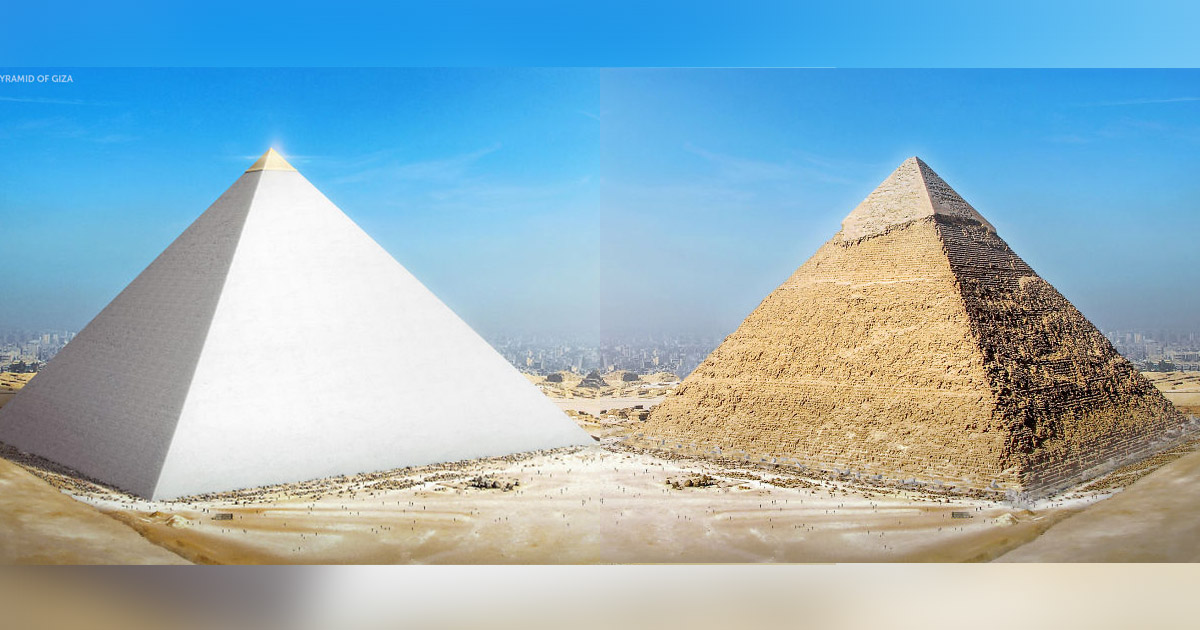The seven wonders of the ancient world, is essentially a list of incedible constructions of classical antiquity. And while the list as we know it today, did not came into being until the Renaissance, the first edition of the list appeared around the 1st-2nd century BC. The original Seven Wonders are the Collosus of Rhodes, the Hanging Gardens of Babylon, the Temple of Artemis, the Statue of Zeus, the Mausoleum at Halicarnassus, the Lighthouse of Alexandria and the Great Pyramid of Giza. Of all the original Wonders, only the last, remain intact, while the rest, have fallen to disrepair or have been completely destroyed.
It is remarkable, that so many centuries after human eyes have marbled at most of these Wonders, they continue to present interest for travel-lovers and tourists.
Imagine if all of them were entire and undamaged, today. When most of us plan a trip, the first thing you do, is make your research for worthy sights. Something steeped in history, made in the days of old, that you simply cannot encounter anywhere else in the world. Simply put, there is no doubt that if all the Seven Wonders of the World were intact, they would be the premium attractions of their land. There simply cannot be any doubt as over 14 million people each year visit the only remaining Wonder of the Ancient World, the Pyramid of Khufu, known as the Great Pyramid of Giza.
Collossus of Rhodes

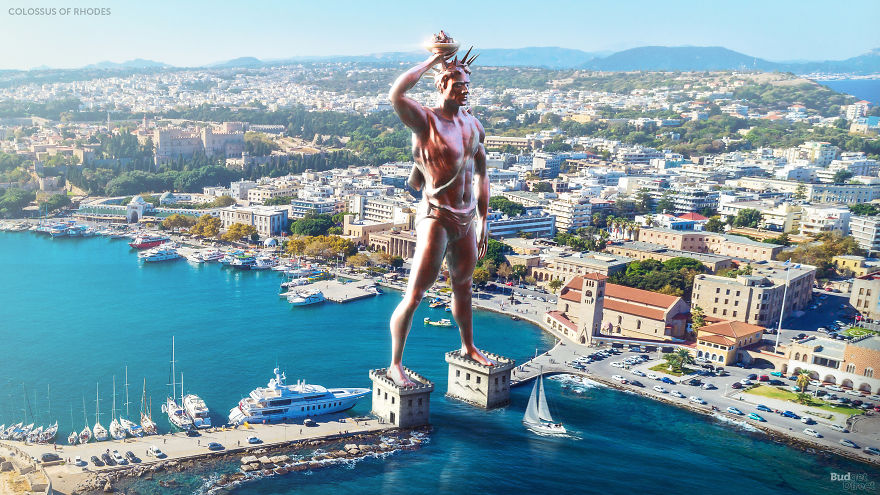
A Triumpal statue of the sun deity Helios. Standing tall at 104ft, built on 49ft marble pedestals. Construction begun in 304 BC. Destroyed by an earthquake, only 56 years later.
Great Pyramid of Giza


Held the record for the “tallest building in the world” for a whopping four thousand years. The 481ft pyramid, encases Egyptian pharaoh Khufu. An estimate, puts the weight of the pyramid, anywhere between 2.5-15 tons, as it is constructed by 2.3 million stone blocks.
Hanging Gardens of Babylon


The Hanging Gardens are almost mythical at this point. And this is so, because there is quite the speculation, over whether they ever existed. So according to legend, the gardens were 65ft tall, created near the Euphrates River. They were presented as a gift to Amytis, a homesick queen, by the Babylonian King Nebuchadnezzar.
Lighthouse of Alexandria


An epic lighthouse standing at 330ft high. It was commission by Ptolemy I and built by Sostratus of Cnidus. This monumental structure was built around 280 BC and was gradually destroyed by earthquakes between the 12th and 15th centuries AD.
Mausoleum at Halicarnasus


This spectacular constraction served as the tom for Mausolus, king of Caria. It was so monumental, as a building, that Mausolus’ name was transformed into a word, describing large funeral buildings. It was massive, built 148ft tall, in around 350 BC.
Statue of Zeus
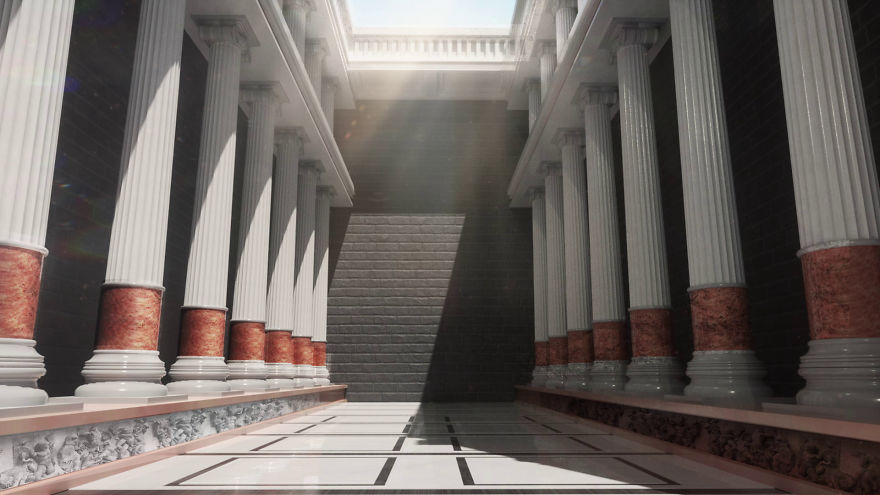
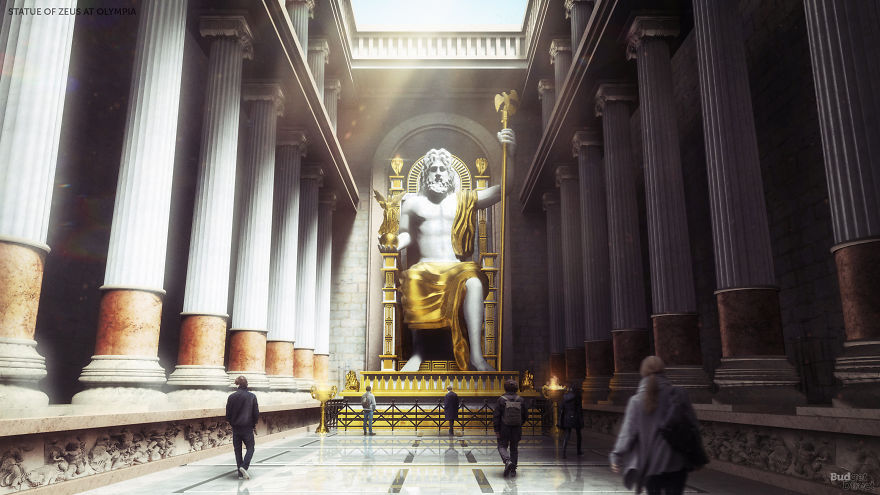
Destroyed in 426BC, the Statue of Zeus in Olympia, must have been a true wonder to behold. With its cedar throne, and rich decorations of gold, ebony, precious stones and ivory. The statue was destroyed by fire, and the precious elements of decoration are presumed to have been pilfered.
Temple of Artemis
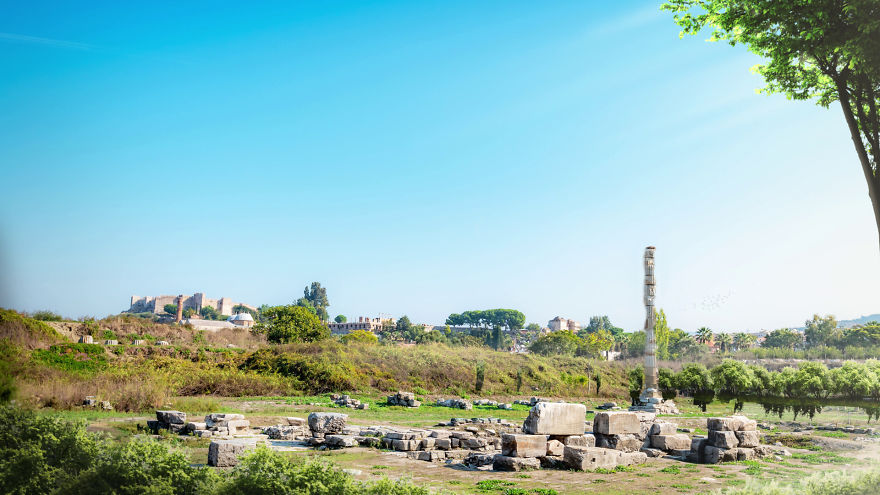
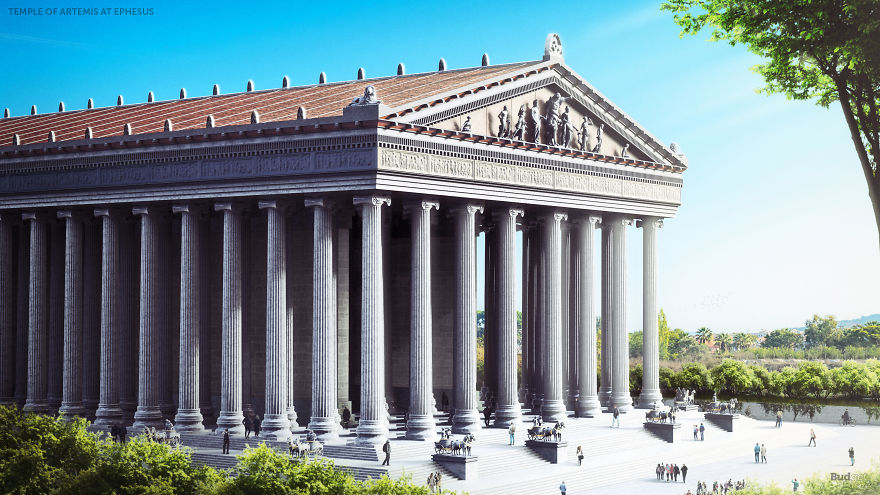
Only a single column has survived the centuries of arson, war and natural damages, this Wonder has endured. That is not some poetic exaggeration, in actuality, only a single column, which you’ll be able to see for yourself, if you visit ancient Ephesus, today part of Turkey.
Amazing Renders by BudgetDirect

